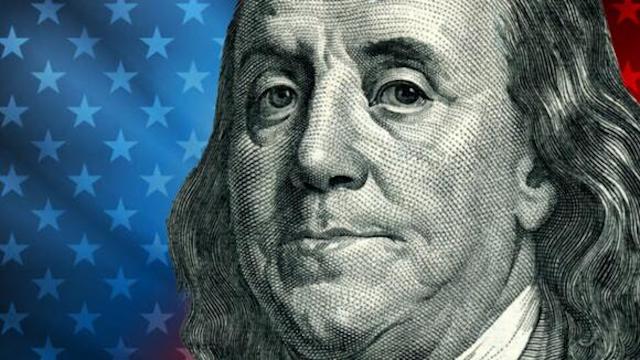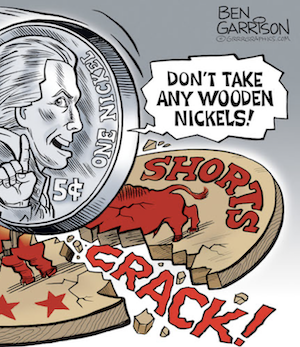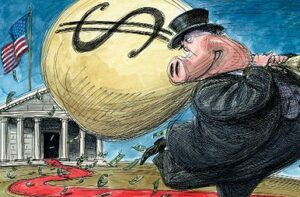
Photo by Kovalchuk Oleksandr/Shutterstock
Current economic indicators provide a mixed picture. On one hand, the country has experienced robust GDP growth, signaling a strong economy. The labor market remains tight with historically low unemployment rates, and job gains continue to be impressive. However, a persistent concern is elevated inflation, with the Consumer Price Index (CPI) inflation at 3.7% and core inflation at 4.1%.
The Federal Reserve’s approach to curbing inflation is rooted in their belief that they can reduce it to 2% by 2026. Their primary focus is on wage inflation, which they intend to address by rebalancing the labor market. In other words, they anticipate that by reducing job opportunities, wage inflation will naturally decrease.
Notably, the Federal Observe foresees risks in achieving their inflation target. They acknowledge the possibility of inflation remaining higher for an extended period, which could adversely affect the economic outlook. If this occurs, the Fed may have to maintain higher interest rates for longer, which could be detrimental to the economy.
Amid these economic conditions, American households are feeling the strain. While some households exhibit strong financial resilience with robust balance sheets, others are grappling with high inflation and depleting savings. Some are even resorting to credit card debt to cover daily expenses.
The Federal Reserve’s observations align with their recent survey, revealing that middle-income Americans exhausted their pandemic savings several months ago. Lower-income households ran out of such savings over a year ago, highlighting the economic disparities among different groups in the country.
As the November 1st FOMC meeting approaches, there is a 93% chance that the Federal Reserve will not raise interest rates, according to the CME fed watch tool. This is in line with the prevailing expectation. Furthermore, there’s a 70% chance that interest rates will remain unchanged through December, suggesting that we might have reached the peak interest rates for this economic cycle.
When the Federal Reserve eventually begins to cut interest rates, it signifies a significant shift in their monetary policy and is commonly referred to as the “Fed pivot.” While the exact timing is subject to debate, it is likely to happen in 2024, although some analysts suggest 2025. A range of 3 to 9 months is estimated for the pivot to take place.
In conclusion, the Federal Reserve’s strategy and the broader economic landscape are complex and interconnected. The upcoming FOMC meeting will be closely watched, and its decisions will have far-reaching consequences. While the Fed aims to control inflation and rebalance the labor market, the challenges facing American households persist. The road ahead remains uncertain, and the impact of the Federal Reserve’s actions will continue to shape the nation’s economic trajectory.
Written by Stucky for Newsbreak ~ October 18, 2023








